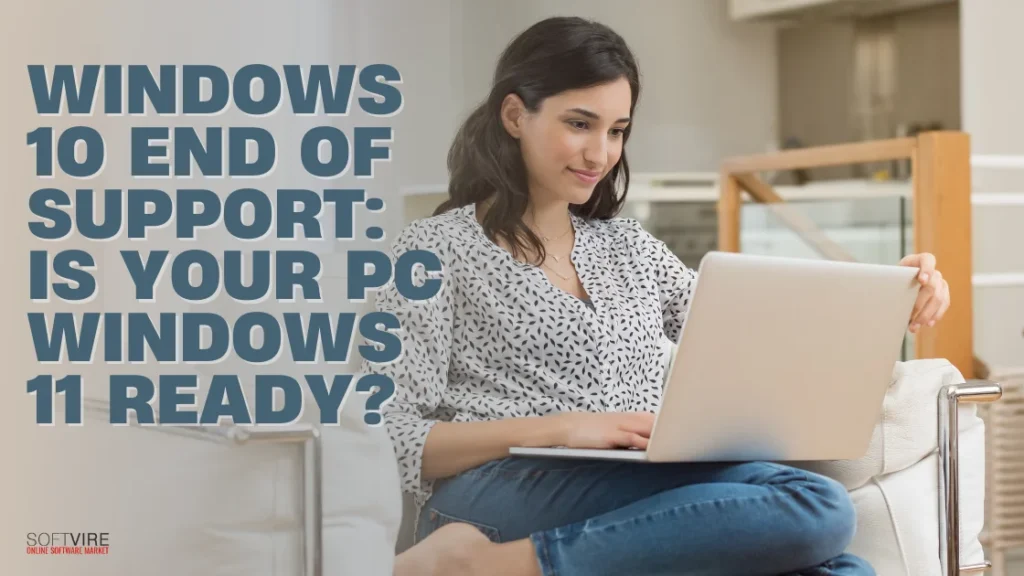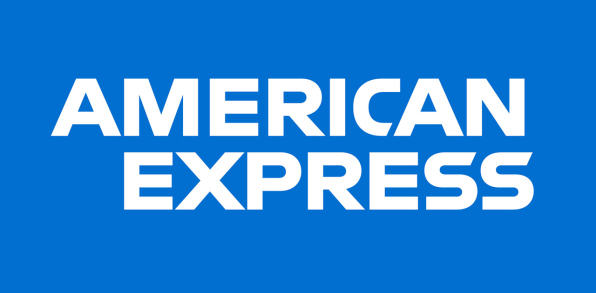Everyone is seeking the most effective method to verify whether Windows 11 is ready for upgrade, as the Windows 10 end of support is scheduled for October 2025. There are several methods available to determine whether your systems are prepared for Windows 11.
Microsoft provides a tool for assessing the readiness of Windows 11. The disadvantage is that it only monitors one machine at a time.
To determine whether a machine is compatible with Windows 11, run Microsoft’s PC Health Check program on each one individually. It is undoubtedly a very time-consuming operation.
This guide will walk you through everything you need to know about upgrading from Windows 10 to Windows 11. From system requirements to compatibility lists, we’ll help you determine whether your device is up to the task—or if it’s time to plan for a new one.
Why Windows 11 Requires a Compatibility Check
When Microsoft released Windows 11, one significant distinction from previous versions was the strict hardware requirements. These weren’t just for show; they were put in place to enhance security measures, improve performance, and future-proof the system. However, outdated gear, even if it is still functional, may not qualify.
In contrast to Windows 10, Windows 11 was designed with more recent systems in mind, focusing on features such as TPM 2.0, UEFI Secure Boot, and newer CPUs to enhance computing safety and efficiency.
Windows 11 system requirements
To confirm that a computer will be able to run Windows 11, Microsoft has included an exhaustive list of minimum hardware specifications. If your Windows 10 computer isn’t ancient, you’ll be able to upgrade and run it with ease, as these specs are quite reasonable by today’s standards.
Here are the current hardware specifications needed to install and operate Windows 11:
- Processor (CPU): 1 GHz or faster with 2 or more cores on a 64-bit compatible chip.
- Must be from a supported Intel (8th Gen or newer), AMD (Ryzen 2000 or newer), or Qualcomm (Snapdragon 850+) processor.
- RAM: 4 GB minimum (8 GB recommended for better performance).
- Storage: 64 GB or larger storage device (SSD recommended for faster performance).
- System firmware: UEFI (with Secure Boot capability enabled).
- TPM (Trusted Platform Module): TPM 2.0 (most modern PCs are equipped with this).
- Graphics card: DirectX 12 compatible / WDDM 2.x driver.
- A 720p display (or higher) larger than 9 inches with 8 bits per colour channel.
- Internet & Microsoft account: Windows 11 Home requires an internet connection and a Microsoft account during setup.
When we break them down further, several critical factors emerge that make an upgrade conceivable.
Windows 10 to Windows 11 Upgrade Checklist
System updates don’t have to be complicated. Ensure the upgrade to Windows 11 proceeds smoothly by following this checklist. It will help you avoid problems and get more done in the process. How about we dive in?
Evaluate Your Current Infrastructure
Take a careful look at your current configuration before deciding to upgrade. Utilizing managed IT services enables you to efficiently plan and prioritize updates to essential systems, which is highly beneficial.
- Inventory Devices: Collect all the hardware that is still running Windows 10 as a starting point.
- Check System Requirements: It is critical to ensure that all devices comply with the hardware requirements of Windows 11 to avoid compatibility issues.
- Identify Critical Systems: Equipment that processes sensitive data or is critical to day-to-day functions must be prioritized for upgrade.
Ensure Software Compatibility
Upgrading without first ensuring compatibility with mission-critical software is a nightmare waiting to happen. Your IT support activities may remain uninterrupted with the aid of a software compatibility check.
- Run Compatibility Tests: Ensure that all critical programs function correctly on Windows 11 by testing them.
- Update Line of Business Software: To prevent such problems, ensure that key apps are updated to their latest versions.
- Partner Assistance: A reliable managed IT support company can help with software compatibility and recommended upgrades.
Plan for Data Backup and Recovery
Particularly during a system update, data security is of the utmost importance. Implementing a reliable backup and recovery strategy is the best way to safeguard your data.
- Back Up Important Data: While the update is being performed, it is essential to save any necessary settings and files.
- Create a Recovery Plan: Ensure that data can be restored quickly in the event it is required.
Establish a Security Baseline
Upgrading to Windows 11 provides a robust foundation of security technologies that Windows 10 does not support, which is beneficial since security threats are constantly evolving.
- Review Security Policies: To reflect the new system’s security requirements, security policies must be updated.
- Implement Microsoft Security Features: To ensure the security of your computers, turn on Windows 11’s threat detection and hardware-based encryption capabilities.
- Consult a Certified Partner for Security: Consult a Certified Partner for Security: To maintain complete protection and industry compliance standards, consult a certified partner for guidance on setting up your security settings.
- Develop an Upgrade Timeline
Develop an Upgrade Timeline
A structured, phased rollout ensures a smooth upgrade process and minimizes business disruptions.
- Create a Phased Rollout Plan: Schedule upgrades by device priority and user needs to ensure a seamless rollout.
- Communicate with Your Team: Ensure that all employees are aware of the update process and that support resources are readily available to them.
Test and Optimize Post-Upgrade
Testing is necessary after the update has been completed to verify that everything is functioning as anticipated.
- System Testing: To ensure compatibility, stability, and performance, updated systems should undergo thorough testing.
- Monitor Productivity Tools: Verify that the tools and apps are operating effectively once the update has been completed.
How to check if your PC is compatible
Without support, Windows 10 PCs lose their ability to defend against new threats, particularly when it comes to essential security upgrades. As a result, cybercriminals aggressively target these vulnerable Windows 10 PCs with older software, using ransomware attacks, zero-day vulnerabilities, and advanced malware infections.
The primary security layer, Windows Defender, will be unable to combat emerging malware strains, leaving security flaws that it can’t close. Businesses that continue to use Windows 10 computers after support has expired run an even greater risk.
Besides security, operating the latest software versions will be more challenging, as they will require more hardware resources. To avert any performance problems or security flaws, large applications will eventually no longer support Windows 10.
When developers optimize their programs for modern operating systems, older hardware may struggle to run newer programs efficiently. It also encompasses the drivers that enable one to use auxiliary devices, such as printers, cameras, and external storage.
Final thoughts
The Windows 10 end of support isn’t just a technical deadline—it’s a security and productivity turning point. Whether you’re a casual user, a student, or running a small business, preparing now ensures you’re not scrambling later.
Take a moment to check if your PC is Windows 11-ready. If not, start planning your next steps. The upgrade process is straightforward—and the benefits are more than worth it.
Don’t wait until October 2025. Make your move today.



